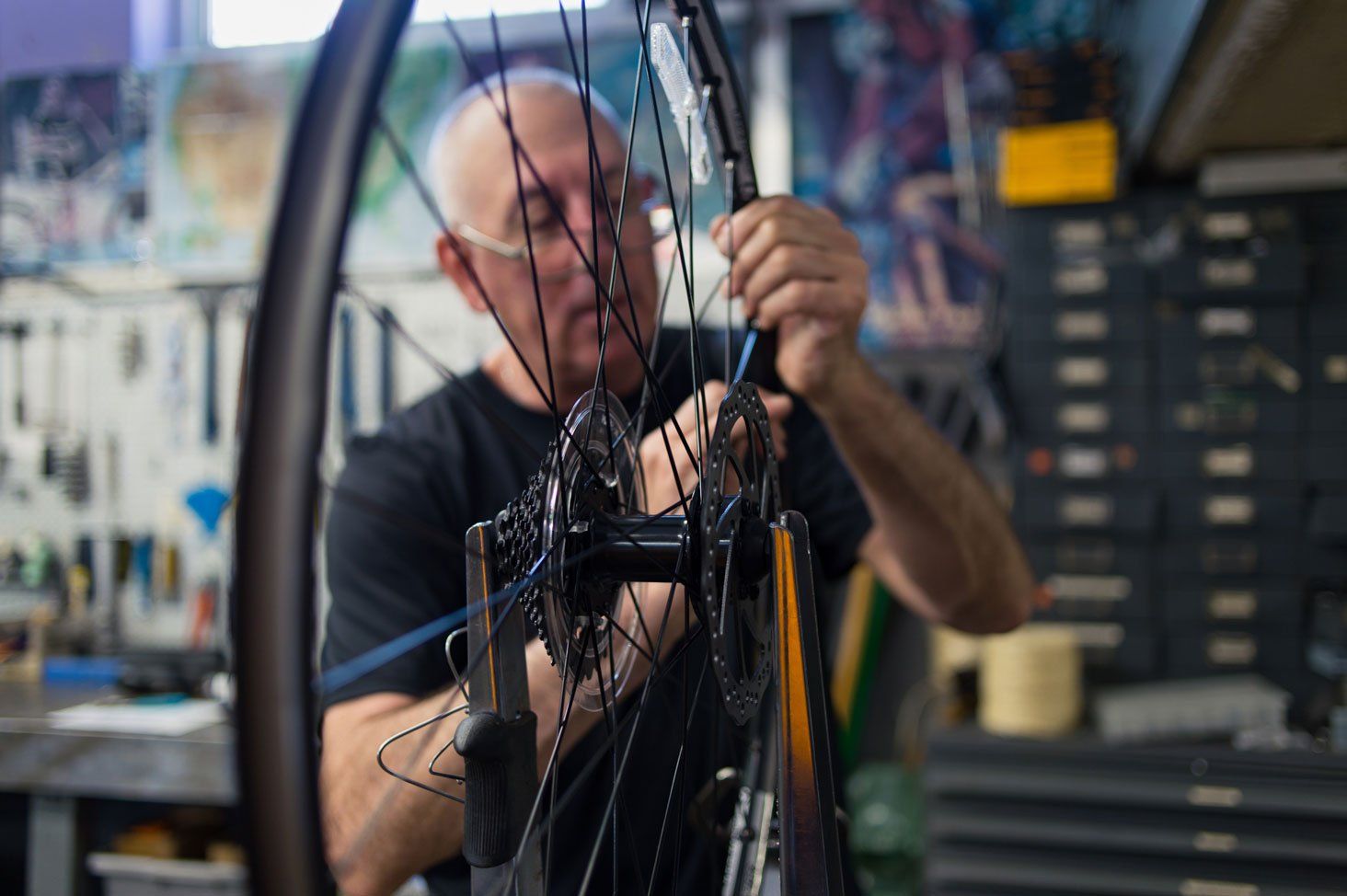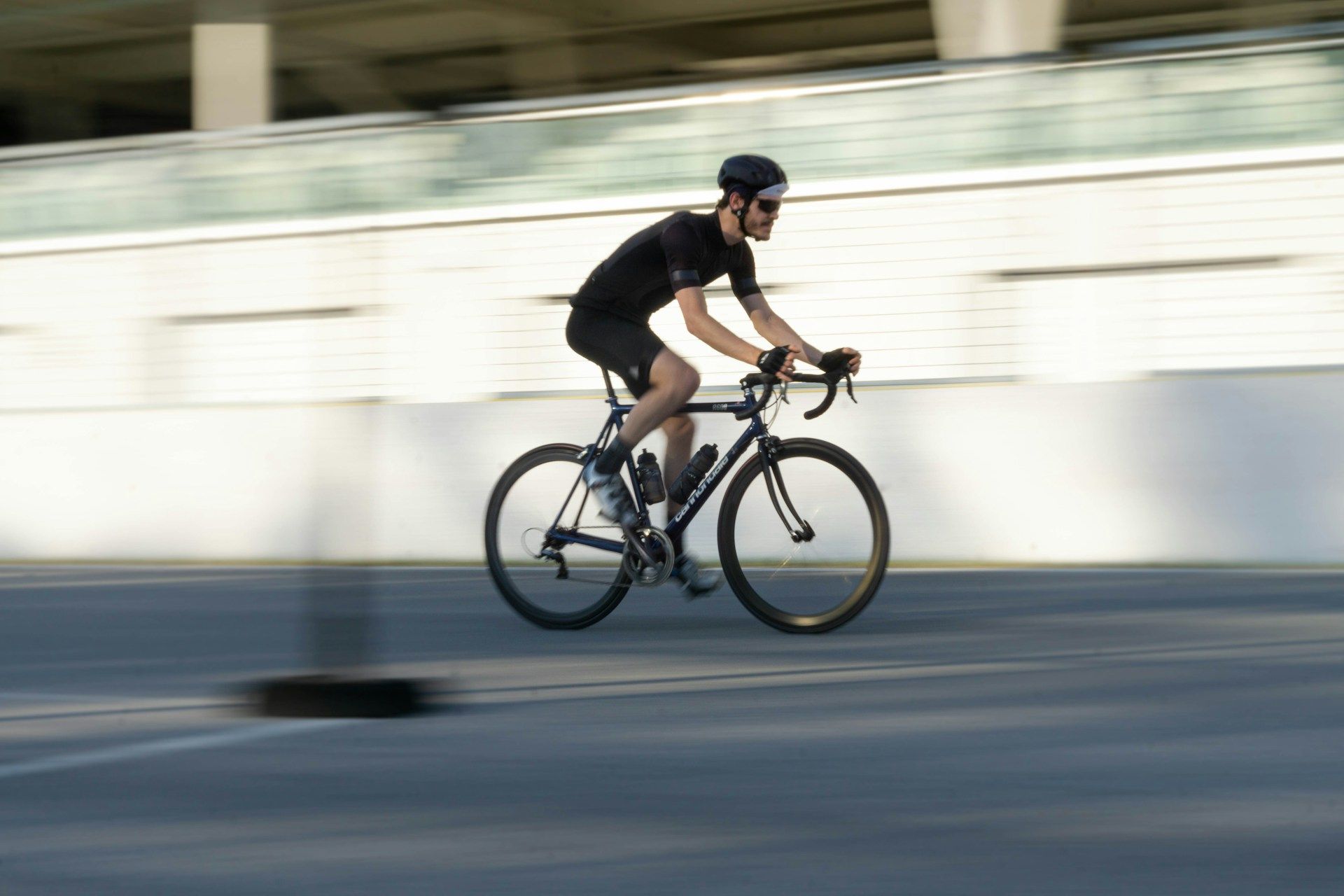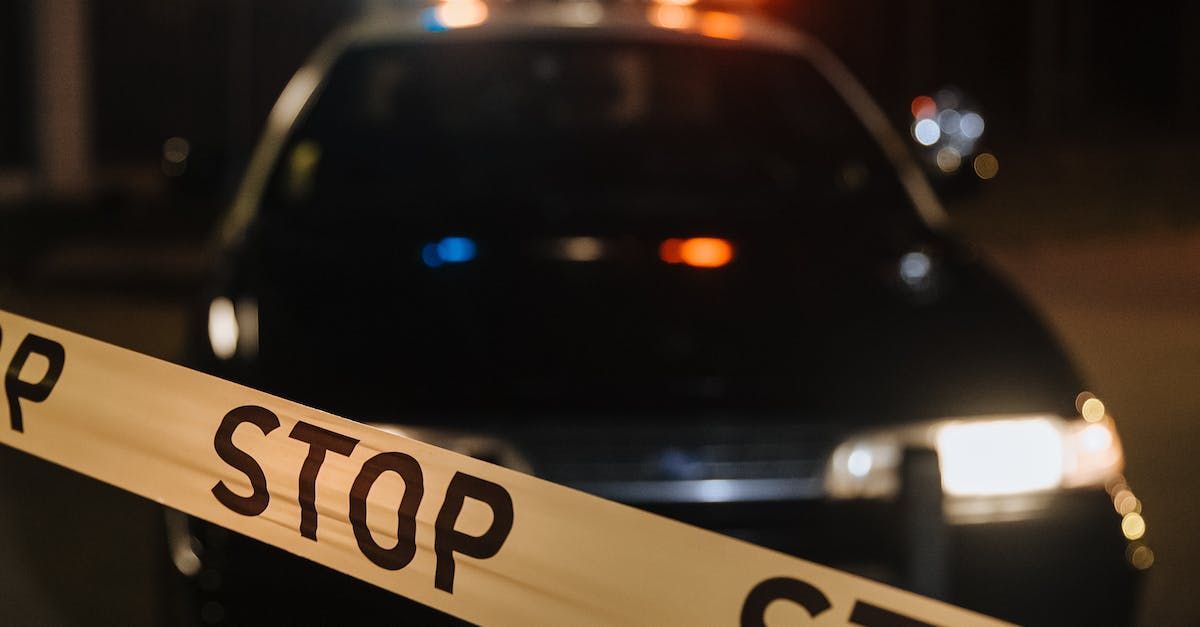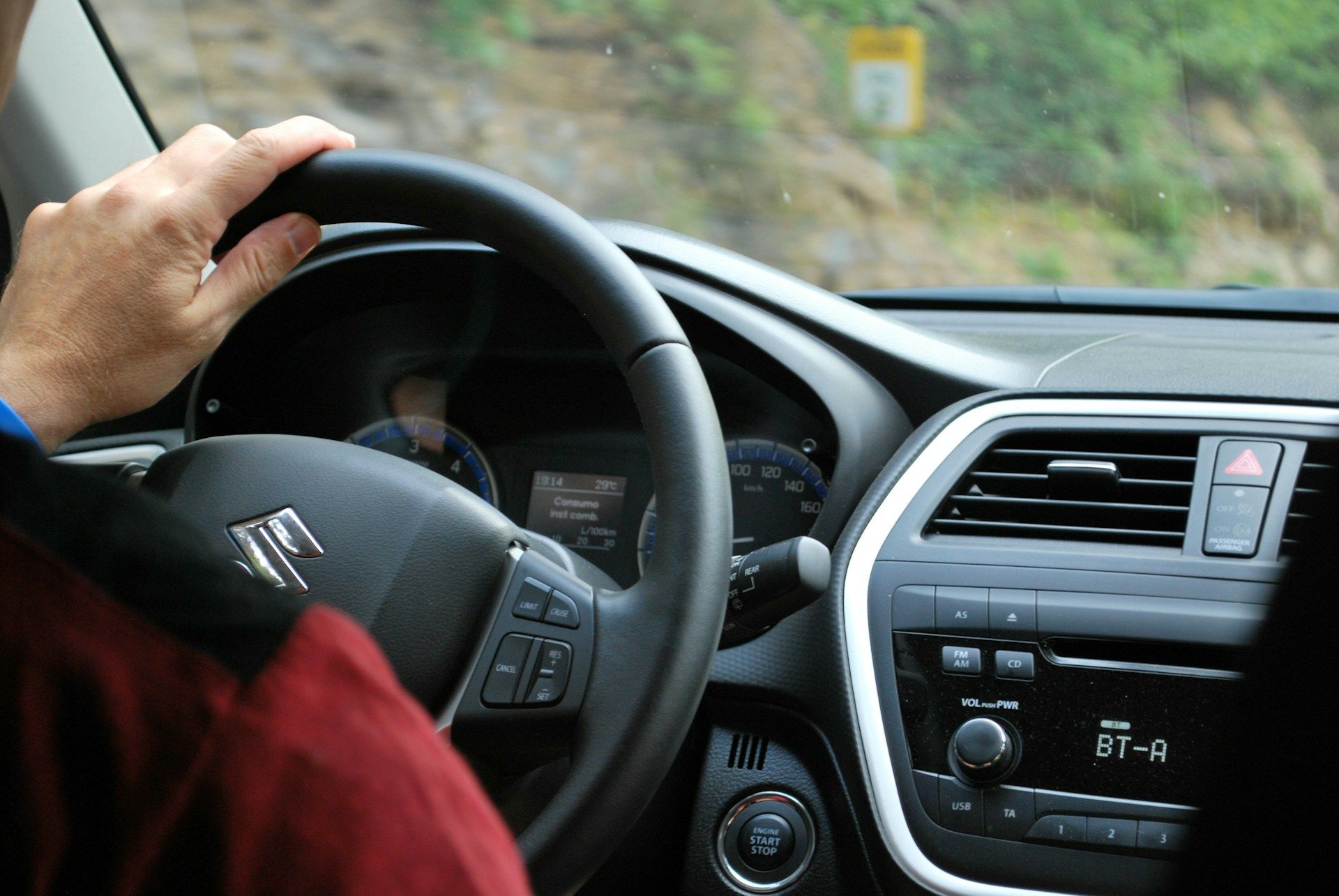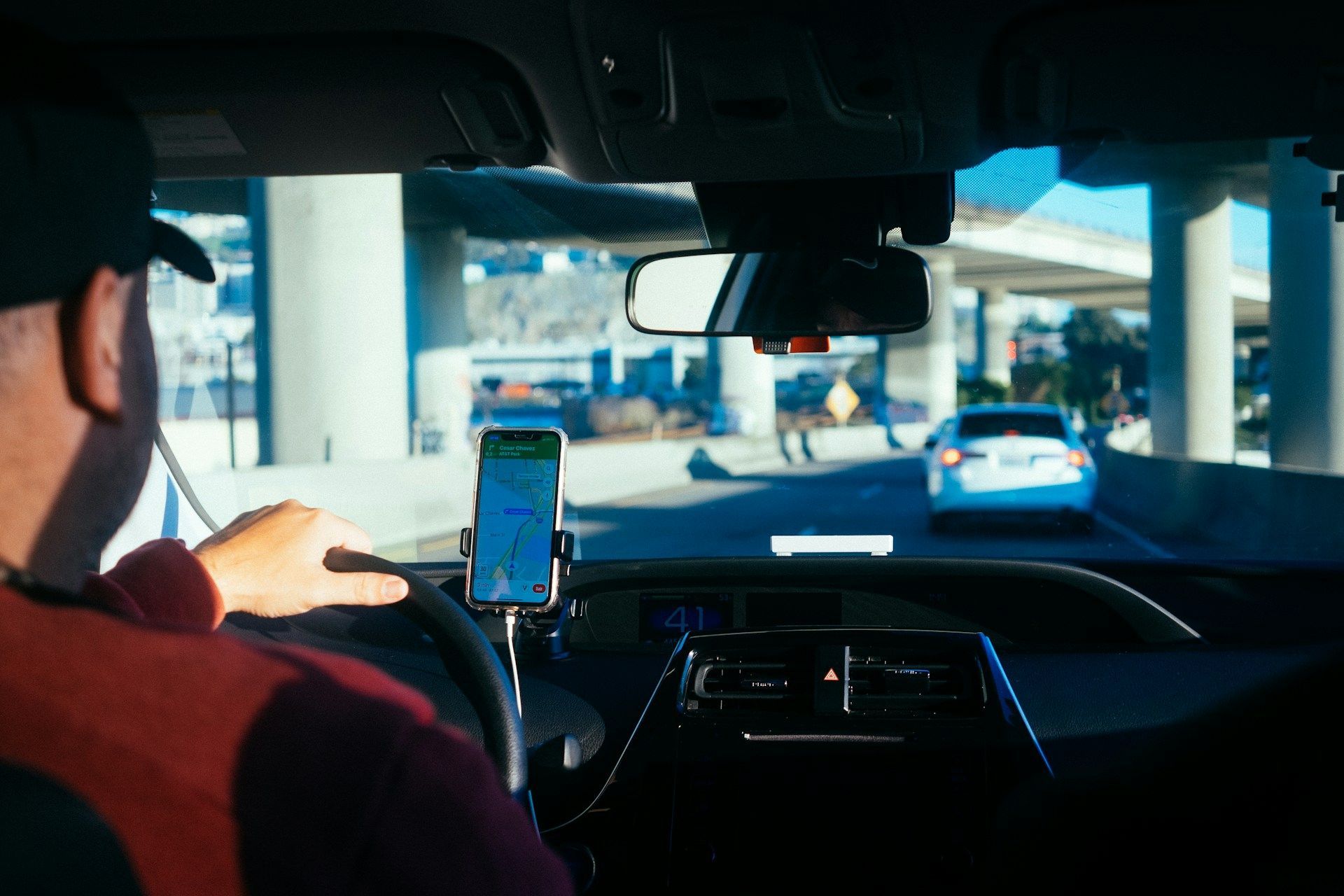Let's talk about your case
You can schedule a call with one of our lawyers anytime. Call today and get the help you need.
Or fill out our online form, and we will respond within 24 hrs.
Unravelling the Mechanics of a Seatbelt: How It Keeps You Safe in a Crash
ottawa car accident attorneys
Did you know that understanding the mechanics of a seatbelt can save lives? Seatbelts are often taken for granted, but they play a crucial role in protecting passengers during a crash. In this blog post, we’ll unravel the intricacies of the mechanics of a seatbelt, explore different types of seatbelts, discuss their proper use and maintenance, and examine the impact of seatbelt laws on road safety. Buckle up and join us on this fascinating journey!
Key Takeaways
- Seatbelts are composed of webbing, a retractor device and locking mechanism to secure occupants during collisions.
- Different types of seatbelts provide varying levels of protection and must be used properly for maximum effectiveness.
- Seatbelt laws have been enacted worldwide with the aim to reduce injuries and fatalities. Their impact is still debated due to risk compensation theory.
The Fundamentals of Seatbelt Mechanics
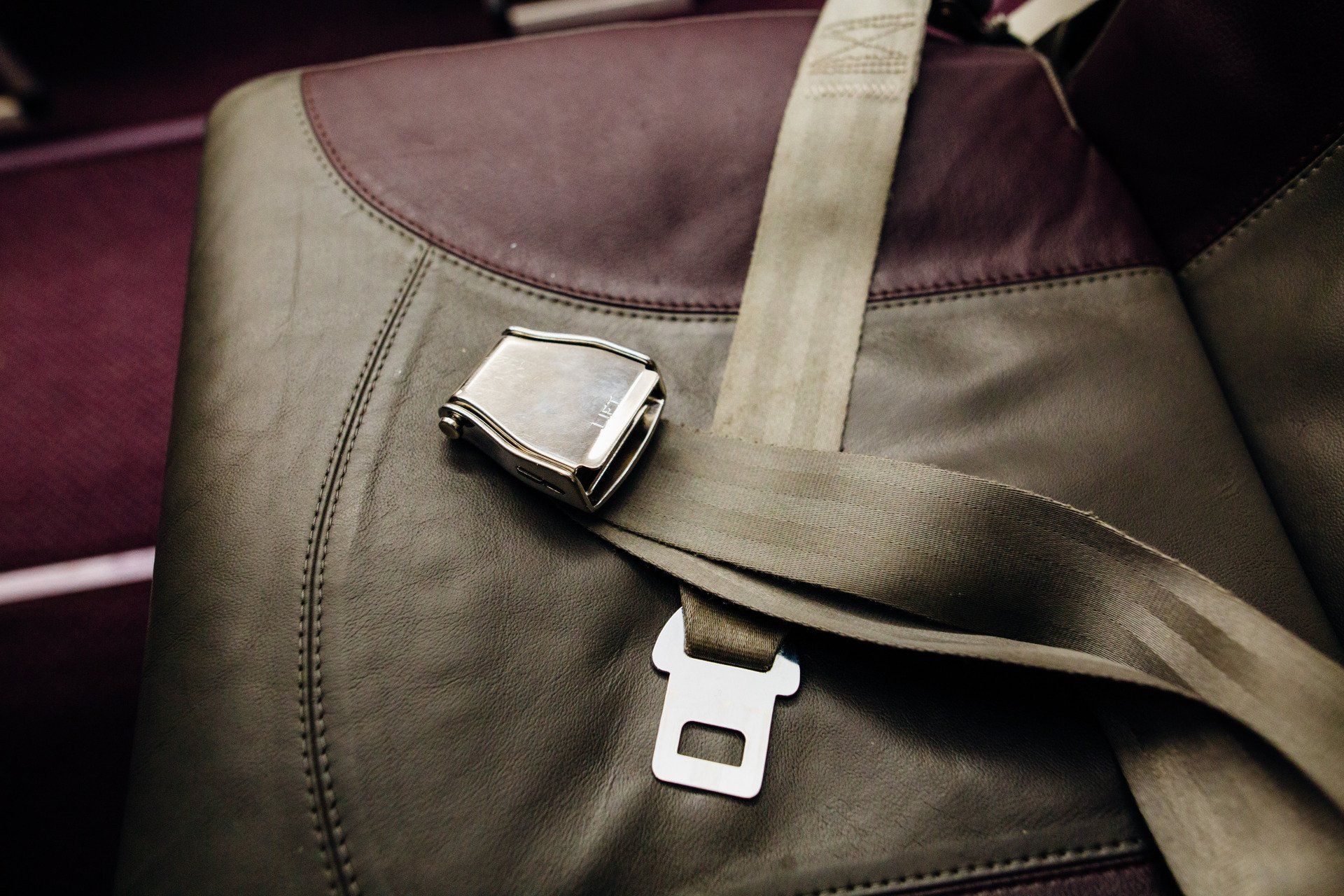
Seatbelts, or safety belts, are vital components of vehicle safety systems, designed to protect drivers and passengers during a collision or sudden stop. They function by:
- Securing occupants in their seats
- Minimizing injuries from secondary impacts
- Ensuring optimal airbag effectiveness
- Preventing ejection from the vehicle
Seatbelt mechanics comprise three main components: seatbelt webbing, a retractor device, and a locking mechanism, which is often found within the seat belt buckle. We will now examine each of these components and their roles in passenger safety.
Seatbelt Webbing

Seatbelt webbing, made from strong and durable nylon or polyester, is designed to hold passengers in place during a collision. The webbing offers a degree of flexibility, providing comfort to the wearer without compromising safety. With a standard width of 2 inches (48mm) and a thickness of approximately 0.05 inches (1.2mm), seatbelt webbing is a crucial component in passenger safety.
During a collision, this fabric secures passengers. In a three-point seatbelt, the most common design, the belt winds diagonally across the chest and horizontally across the lap, providing protection for the chest, pelvis, and shoulder areas. This design effectively distributes the forces of a crash across the sturdiest parts of the body, reducing the risk of serious injury.
Retractor Device
Comprising a spool and spring, the retractor device ensures the belt remains tightly secured around the passenger, thus playing a pivotal role in seatbelt functionality. The spring mechanism exerts torque on the spool, inducing rotation and winding up any slack webbing. This opposing force helps maintain the seatbelt taut and secure, ensuring that passengers are firmly held in place during a crash or sudden stop.
Constructed with low carbon steel for the frame and casing, and flexible webbing for the seatbelt, the retractor device works in tandem with the locking mechanism to provide optimal crash protection. In the event of a sudden deceleration or collision, the spool locks in place, preventing the belt from extending further and keeping the passenger securely restrained.
Locking Mechanism
The third component of seatbelt mechanics is the locking mechanism. This device securely locks the belt during a collision or sudden stop, ensuring that drivers and passengers are held firmly in place. Proper functioning of the locking mechanism is crucial for preventing occupants from being ejected from the vehicle during a crash, reducing the risk of fatal injuries.
The locking mechanism is typically connected to the retractor device and works in concert with it to provide optimal safety. In some seatbelt systems, additional components such as seatbelt pretensioners are also incorporated to enhance passenger safety by tightening the belt during a collision. Appreciating the mechanics of seatbelts helps us understand their crucial role in road safety.
The Role of Seatbelt Pretensioners
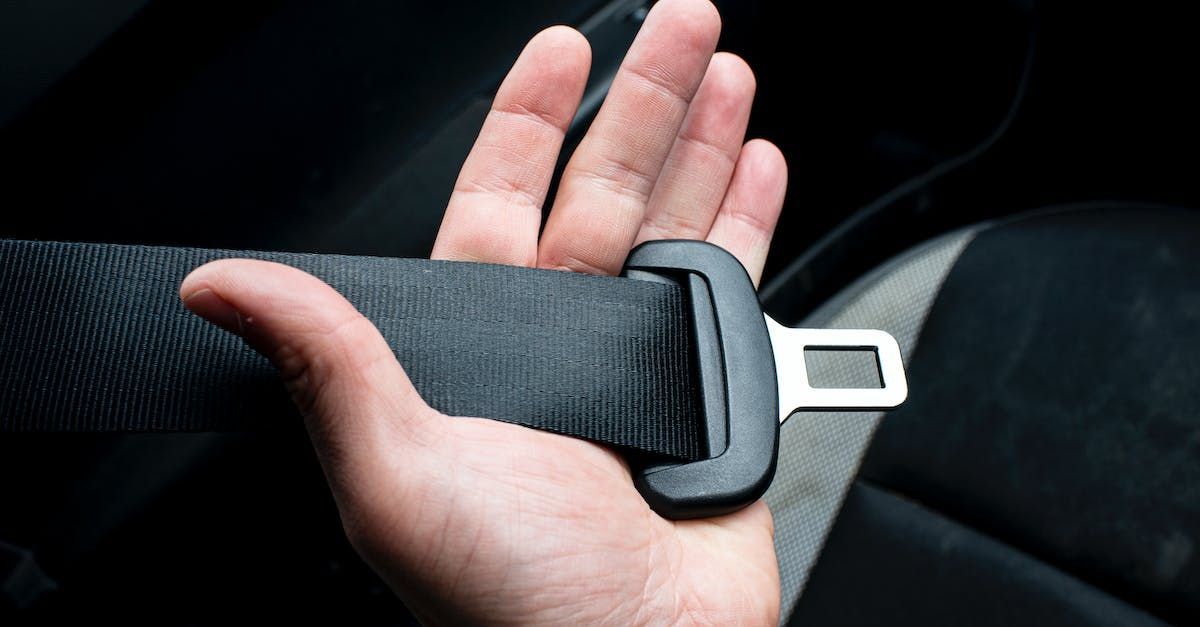
Tightening the seatbelt and eliminating webbing slack during a crash, seatbelt pretensioners significantly enhance passenger safety. This additional protection helps to prevent occupants from jerking forward during a collision, reducing the risk of injuries.
There are three types of seatbelt pretensioners: mechanical, electrical, and pyrotechnic. We will now examine these types and their contributions to passenger safety.
Mechanical Pretensioners
A powerful spring compressed inside a tube is the working principle behind mechanical pretensioners. Upon sudden deceleration, the mechanical pretensioner locks the seatbelt by connecting the seatbelt buckle to the spring, tightening the seatbelt and restraining the occupants during a crash. They consist of an inertial wheel, a pendulum, and a locking mechanism.
The inertial wheel and pendulum work together to lock the seatbelt during sudden deceleration, providing restraint and ensuring passenger safety during a collision. Mechanical pretensioners offer a simple yet effective solution for enhancing seatbelt performance and improving passenger safety in the event of a crash.
Electrical Pretensioners
Substituting the mechanical pendulum with an electrical sensor that perceives sudden movements or changes in acceleration, electrical pretensioners offer an innovative approach to seatbelt safety. This feature prevents false locking that can occur with mechanical pretensioners, ensuring that the seatbelt remains secure only when necessary.
These advanced seat belt pretensioners utilize electronic sensors to detect a crash or abrupt deceleration. Upon detecting a collision, the sensors activate a mechanism that tightens the seatbelt, eliminating any slack in the webbing and providing additional protection for the occupants.
The integration of electrical pretensioners with other safety systems offers enhanced passenger safety in modern vehicles.
Pyrotechnic Pretensioners
With a design that rapidly tightens seatbelts during a collision, pyrotechnic pretensioners minimize passenger movement and increase safety. They operate by initiating a pyrotechnic device, which rapidly retracts the seatbelt upon detecting a crash, placing the passenger in a safer position after the collision. This is how seat belt pretensioners work to enhance vehicle safety.
While pyrotechnic pretensioners provide effective crash protection, they are not reusable due to their design, which relies on pyrotechnic charges that are expended upon activation. As a result, it is essential to replace them promptly after a crash to ensure continued safety.
The use of pyrotechnic pretensioners highlights the ongoing advancements in seatbelt technology aimed at improving passenger safety.
Different Types of Seatbelts
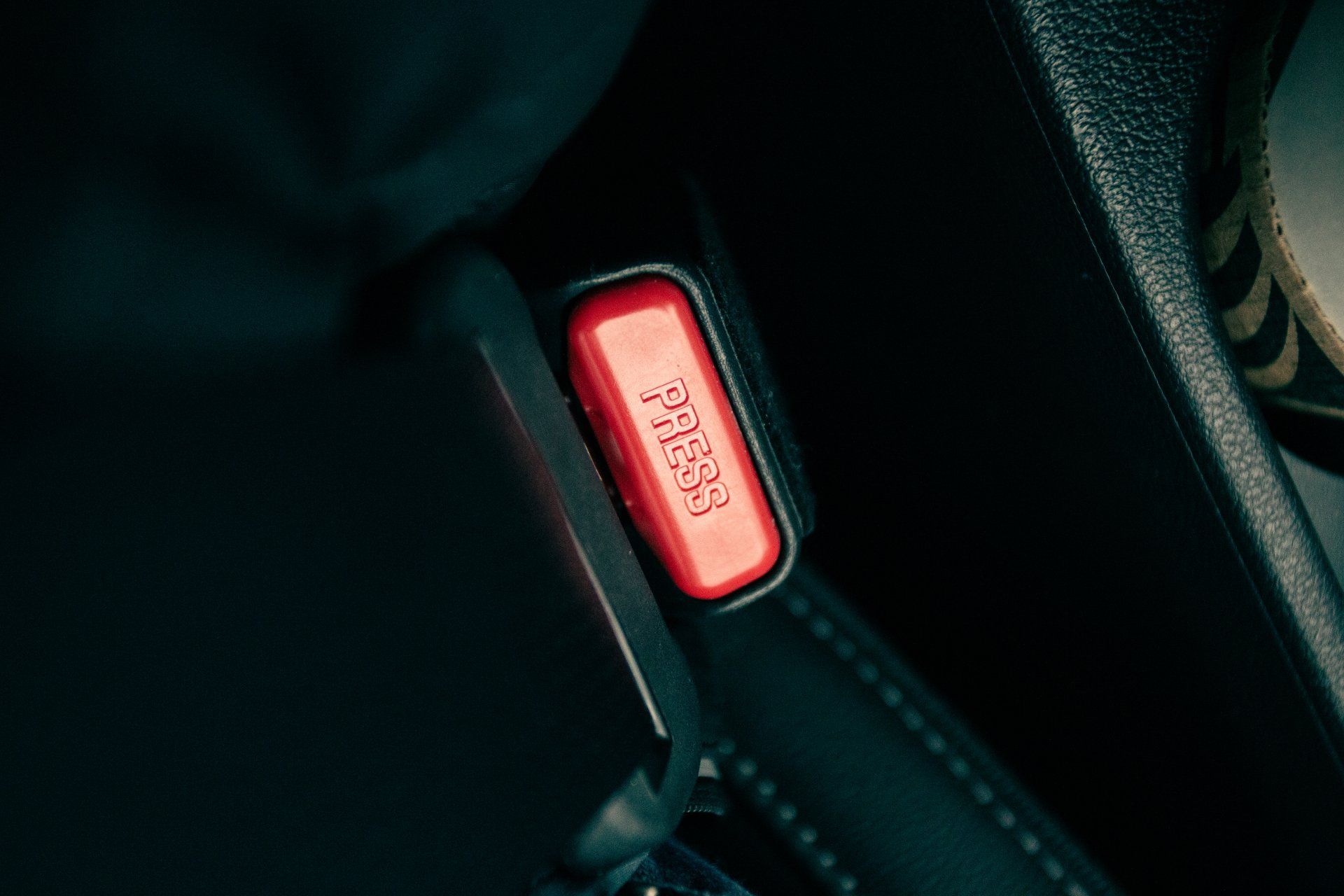
Throughout the years, various types of seatbelts have been developed to address specific safety needs. Lap belts, sash belts, and three-point seat belts constitute the three main types. Each type has its unique design and purpose, making it essential to understand their differences and proper application to ensure optimal passenger safety.
Lap Belts
Consisting of a single strap encircling the occupant’s waist, lap belts are the simplest type of seatbelt. While they secure the lower body during a crash, lap belts do not provide upper body protection, making them less effective in preventing injuries compared to other seatbelt types.
The use of lap belts has been largely replaced by more advanced seatbelt designs, such as the three-point seatbelt, which offers superior protection for both the upper and lower body during a crash. However, lap belts still have their place in certain vehicle seating positions, such as rear seats, where the installation of more advanced seatbelt systems may not be feasible, like in the rear middle seat or older classic cars.
Sash Belts
Sash belts, also known as shoulder belts, are designed to protect the upper body during a collision by positioning diagonally across the outboard shoulder of the occupant and securing inboard of their lap. While they provide some protection for the upper body, sash belts can cause injuries to the neck and chest during a crash due to the forces exerted on these areas.
The use of sash belts has become less common in modern vehicles, replaced by the more effective three-point seatbelt design that provides protection for both the upper and lower body. However, sash belts may still be found in older vehicles or specific seating positions where the installation of a three-point seatbelt is not possible.
Three-Point Seat Belts
Three-point seat belts are the most common seatbelt design found in modern vehicles, providing protection for the chest, pelvis, and shoulders during a crash. This Y-shaped arrangement evenly distributes the forces of a collision across the sturdiest parts of the body, reducing the risk of injuries. The three-point seat belt is considered the gold standard for passenger safety, offering the best balance of protection and comfort.
The widespread adoption of three-point seat belts has been driven by numerous factors, including:
- Advancements in seatbelt technology
- Increased awareness of the importance of seatbelt use
- The implementation of mandatory seatbelt laws in many countries
As a result, three-point seat belts have become an essential component of modern vehicle safety systems, contributing significantly to the reduction of injuries and fatalities in car accidents.
Proper Seatbelt Use and Maintenance

To ensure seatbelts effectively protect passengers during a crash, proper use and maintenance are indispensable. This involves correct positioning, regular inspection, and the use of child safety seats when necessary, especially in the passenger seat. Adhering to mandatory seat belt laws also plays a crucial role in passenger safety.
Adherence to these guidelines can heighten the safety benefits when you wear seat belts and lower the risk of injuries during a collision.
Correct Seatbelt Positioning
Securely holding passengers in place during a collision and thus reducing the risk of injuries, correct seatbelt positioning is of utmost importance. For a standard three-point seatbelt, the shoulder belt should be positioned over the shoulder and chest, while the lap belt should be positioned securely across the hips and pelvis.
To further enhance safety, it is essential to avoid common seatbelt positioning mistakes, such as placing the shoulder belt under the arm or behind the back, or allowing the lap belt to ride up over the abdomen. Proper seatbelt positioning can significantly improve the protective capabilities of seatbelts, ensuring that passengers remain safe during a crash.
Regular Inspection and Replacement
To sustain the effectiveness of seatbelts in passenger protection, regular inspection and replacement are required. Inspecting your seatbelts involves:
- Checking the webbing for stretching, fraying, cuts, or holes
- Ensuring that buckles latch securely and can be released when the button is pressed
- Verifying that the seatbelt remains snug with no slack
In addition to regular inspection, it is important to replace any damaged seatbelts promptly to ensure continued safety. Seatbelts may also need to be replaced after a collision, as they can become stretched or damaged during the impact. By regularly inspecting and replacing seatbelts as needed, you can help ensure that they continue to provide optimal protection for you and your passengers.
Child Safety Seats
Designed specifically for young passengers, child safety seats provide age-appropriate protection and reduce the risk of injuries during a crash. Different types of child safety seats are available, including:
- Infant car seats
- Convertible car seats
- Booster seats
- Combination car seats
Each type is designed to cater to the unique needs of children at various stages of growth.
Proper installation and use of child safety seats are critical for ensuring their effectiveness in protecting young passengers. This involves:
- Securing the child safety seat in the backseat of the car.
- Attaching the base firmly to the vehicle seat.
- Positioning the rear-facing seat securely into the base.
- Placing the child in the seat with their back flush against the seat.
- Buckling the harness securely.
By using child safety seats correctly, you can significantly reduce the risk of injuries to young passengers during a car accident.
Seatbelt Laws and Their Impact on Road Safety

To boost seatbelt usage and enhance road safety, many countries have implemented seatbelt laws. While these laws have contributed to a reduction in the number of injuries and fatalities, their impact on road safety is debated due to the risk compensation theory, which suggests that drivers may take more risks when wearing seatbelts, potentially negating the safety benefits of seatbelt use.
We will now delve into the history of seatbelt legislation and the ongoing debate about its effect on road safety.
History of Seatbelt Legislation
Over time, seatbelt legislation has evolved, with numerous countries adopting laws mandating seatbelt wear to curb injuries and fatalities. These laws have significantly increased seatbelt usage, resulting in a substantial decrease in the number of injuries and fatalities in car accidents. However, the effectiveness of seatbelt laws in improving road safety has been called into question due to the risk compensation theory.
The risk compensation theory postulates that drivers may tend to take additional risks when wearing seatbelts, potentially nullifying the safety advantages of seatbelt use. Despite this ongoing debate, seatbelt laws have undoubtedly played a crucial role in promoting seatbelt usage and raising awareness about the importance of wearing seatbelts for passenger safety.
Risk Compensation Theory
According to the risk compensation theory, drivers wearing seatbelts may undertake more risks, thus potentially counteracting seatbelt safety benefits. This theory posits that drivers may adjust their behavior in response to perceived levels of risk, engaging in riskier driving practices such as driving faster, following closer, and engaging in distracted driving.
While the risk compensation theory raises some concerns about the effectiveness of seatbelt laws in improving road safety, it is essential to consider the overall benefits of seatbelt use in reducing injuries and fatalities in car accidents. Seatbelts have been proven to save lives and minimize the severity of injuries during a crash, making it crucial for drivers and passengers to continue wearing seatbelts and adhering to seatbelt laws.
Summary
In conclusion, understanding the mechanics of seatbelts is crucial for ensuring passenger safety during a crash. Seatbelts are designed to secure occupants in their seats, distribute impact forces, and prevent ejection from the vehicle. By exploring the different types of seatbelts, the role of seatbelt pretensioners, and the importance of proper seatbelt use and maintenance, we can appreciate the vital role seatbelts play in keeping us safe on the road. Though the risk compensation theory presents an ongoing debate about the impact of seatbelt laws on road safety, seatbelts remain an essential tool in reducing injuries and fatalities in car accidents. So, buckle up and drive safely!
Frequently Asked Questions
What is the three point seat belt mechanism?
The three point seat belt mechanism is comprised of an Emergency Locking Retractor (ELR) and Automatic Locking Retractor (ALR), an anchor for third connection, and a retractable system with inertia locking retractor, buckle pretentioners, load limiting, crash sensing, web sensing, occupant size sensing, and height adjusting capabilities. The design of the three-point belt spreads out the energy of the moving body over the chest, pelvis, and shoulders in a collision.
What are the 2 main parts of a seatbelt called?
The two main parts of a seatbelt are the shoulder and lap belt, which are connected to a buckle, retractor and anchor. The buckle allows for easy attachment, while the retractor allows the webbing to be pulled in and out.
How do seat belts work in terms of momentum?
Seatbelts work to reduce the momentum of a passenger in a crash by stretching slightly and gradually bringing them to a halt over a short distance. Airbags also help in this process, providing cushion support as momentum reaches zero.
At what speed does a seatbelt work?
Robson Forensic's crash testing research shows that seatbelts are effective in reducing occupant movement during a 10 mph crash.
What are seatbelt pretensioners?
Seatbelt pretensioners are devices designed to immediately tighten the seatbelt in the event of a crash, thereby helping to restrain occupants quickly and reduce the amount they are thrown forward.
Let's talk about your case
You can schedule a call with one of our lawyers anytime. Call today and get the help you need.
Or fill out our online form, and we will respond within 24 hrs.
Thank you for contacting us.
We will get back to you as soon as possible. You can also book using this link: Personal Injury Booking Page
Please try again later
Related Blog Posts
Practice Areas
QUICK LINKS
CONTACT US
Tel: (613) 505- 5025
Fax: (613) 234-5852
info@wvgblaw.com
200-2571 Carling Avenue
Ottawa, Ontario
K2B 7H7
SERVICES
RECENT BLOG POSTS






